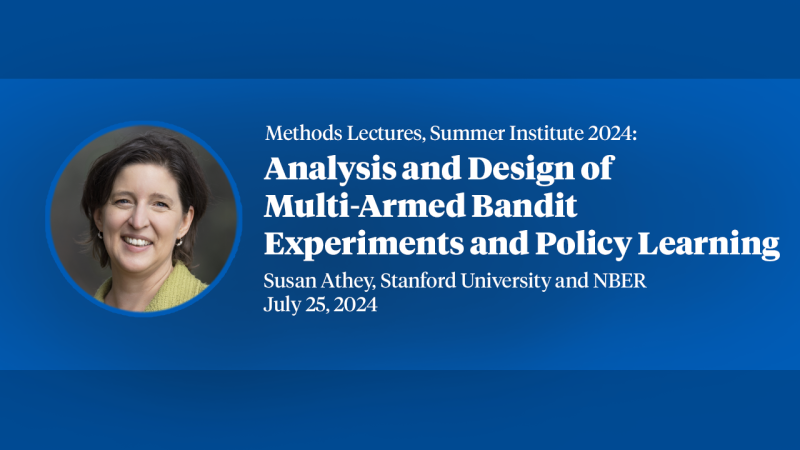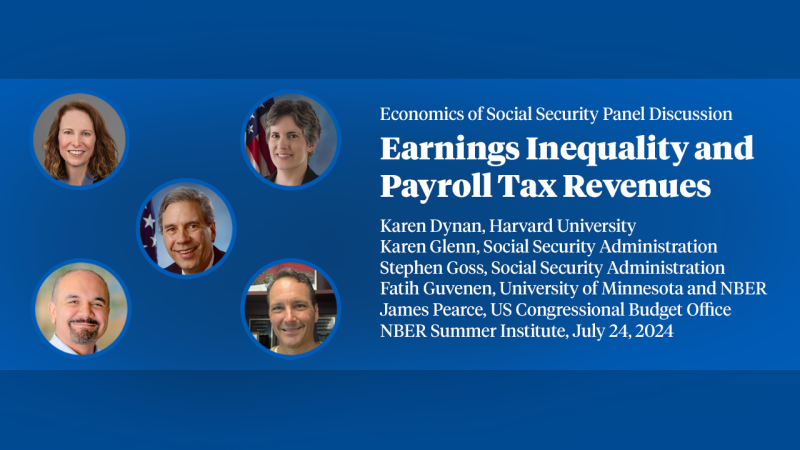Fiscal Policy as a Stabilization Tool. The Case for Quasi-Automatic Stabilizers, With an Application to the VAT
Most of the focus of recent stabilization policy research and practice has been on monetary rather than fiscal policy. This paper explores how, given the limits on monetary policy, fiscal policy could play a larger role. It explores the use of quasi-automatic stabilizers, i.e. changes in taxes or transfers triggered by an aggregate variable. It discusses design issues, in particular how to make such stabilizers truly debt neutral, and what aggregate variable to use as a trigger. It then focuses on a specific stabilizer, a variable VAT rate. It shows its effect in a minimalist NK model, and then discusses a number of analytical issues, both within and out of the minimalist model, such as the implications for inflation, the choice of the tax base, the implications of liquidity constraints, the implication of anticipation effects. It ends by reviewing the empirical evidence on passthrough of VAT changes, and the effects on demand of VAT changes, permanent or temporary.


